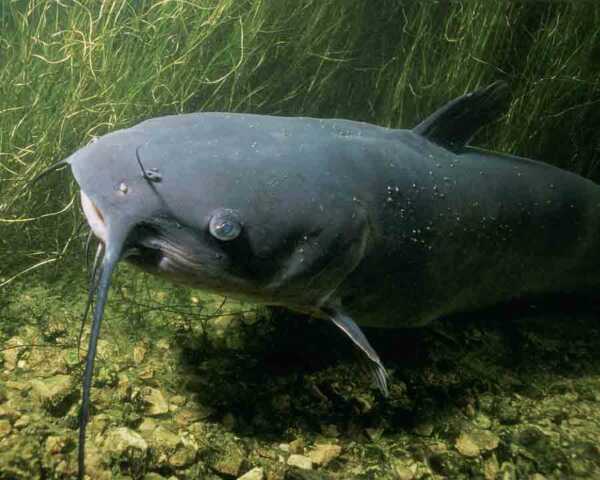How to Start a Catfish Farming Business
Published on: June 15, 2021 (Updated on: April 22, 2024)

Starting a catfish farming business is a major investment and so needs careful consideration to be run. Catfish, named for their prominent barbels which resemble a cat’s whiskers, are a popular source of protein and delicious seafood. This is why many farmers consider catfish farming. Catfish farming is an easy business that is bound to be profitable. Catfish farming doesn’t have to be for commercial purposes only. It could also be a source of sustenance for a family.
Catfish farming has two main divisions
The Nursery Fish Farming, which is the first division, involves the inducement of the female fish to lay eggs. These eggs are then fertilized, incubated, and hatched. The little fishes are known as fries. They are then nurtured for three or four weeks into fingerlings. Only then are they suitable for use in the Grow Out Fish Farming.
Grow Out Fish Farming, the second division, involves growing fingerlings to maturity and harvesting them for food or sale. Nursery Fish Farming and Grow Out Fish Farming can be run separately. They can also be run together by one farmer. However, the Grow Out Fish Farming needs the Nursery Fish Farming to get fingerlings it can grow to maturity. This post highlights the steps to take when starting a Catfish farming business.
Types of catfish
The type of catfish you’ll farm is the first thing to figure out when starting a catfish farming business. This is because it will go a long way to affect other things. The channel catfish (Ictalurus Punctatus) is said to be the most commonly cultured species. In Nigeria however, the African sharp-tooth catfish (Clarias Gariepinus) is the leading aquatic crop. This is because it has been proven to grow fast, handle stress, and is resistant to diseases.
Catfish pond
Where you’ll farm the fish comes next. A pond must have a smooth bottom, be clean, and have a gradual slope. It must also have 20%-30% clay in the soil to minimize seepage (if it is an earthen one). Its depth should be 3 feet and 8 feet at the shallow and deep end respectively. This is because shallow ponds may encourage weed growth. The size depends on you. Note however that a larger pond will yield more profit, can grow larger fish, and vice-versa.
Aerator
To aerate means to supply with air so an aerator is any specialised apparatus for aerating the fish pond. A fish pond stands to gain a lot from aeration. Such benefits include removing foul odours from a pond, enhancing pond fish habitats, improving water quality, reducing algae, among others. An electric aerator is fine but in Nigeria, it might not be feasible. So an aerator run by gas or diesel would do.
Catfish health
The well-being of your fish should be your major concern. It wouldn’t do to have your fish stock succumb to disease. That might mean huge losses in your business. To avoid that, make it necessary to detect early signs of diseases. Follow the necessary safety guidelines and medication regulations for your fish farm. Know what chemicals to use, how to treat disease, manage pests and treat pond water all in an eco-friendly manner. Simply keep your fish healthy.
Business plan for catfish farming
Every proper business should have a plan and Catfish farming is no exception. You should construct a report of your farm inputting important details like your capital, expenses, and profit. It should also include the essential items needed for the farm operation and annual production. Such include workforce, feed, fuel, equipment, repairs, emergency funds, etc. Having a feasible business plan puts you in a better position to secure financing for your business from an investor.
Relevant legal documents for catfish farming business
First, you should find out what permits and licenses you’ll need to start your catfish farming business. You can research it online or talk to other fish farmers in your area. Next, make sure you meet all the necessary requirements concerning tax, retail, drainage, etc. All these depend on the provisions your country has made if any. To make things easier, hire a business consultant to help with the paperwork.
Marketing plan for catfish farming business
This aspect concerns commercial fish farmers. If you have a large catfish farm, you should consider selling to fish processing plants. As a bonus, you could buy shares of the fish processing plant to which you sell your fish. However, if your catfish farm is small, local customers and markets in your area should be your target. Also, this has its advantage. Many customers prefer to buy fish directly from the farm instead of frozen and packaged fish. Either way, it’s a win–win.
Remember, Catfish farming, a flexible agriculture-based business, can be done anywhere if you have a suitable place.
Author: Adeniyi